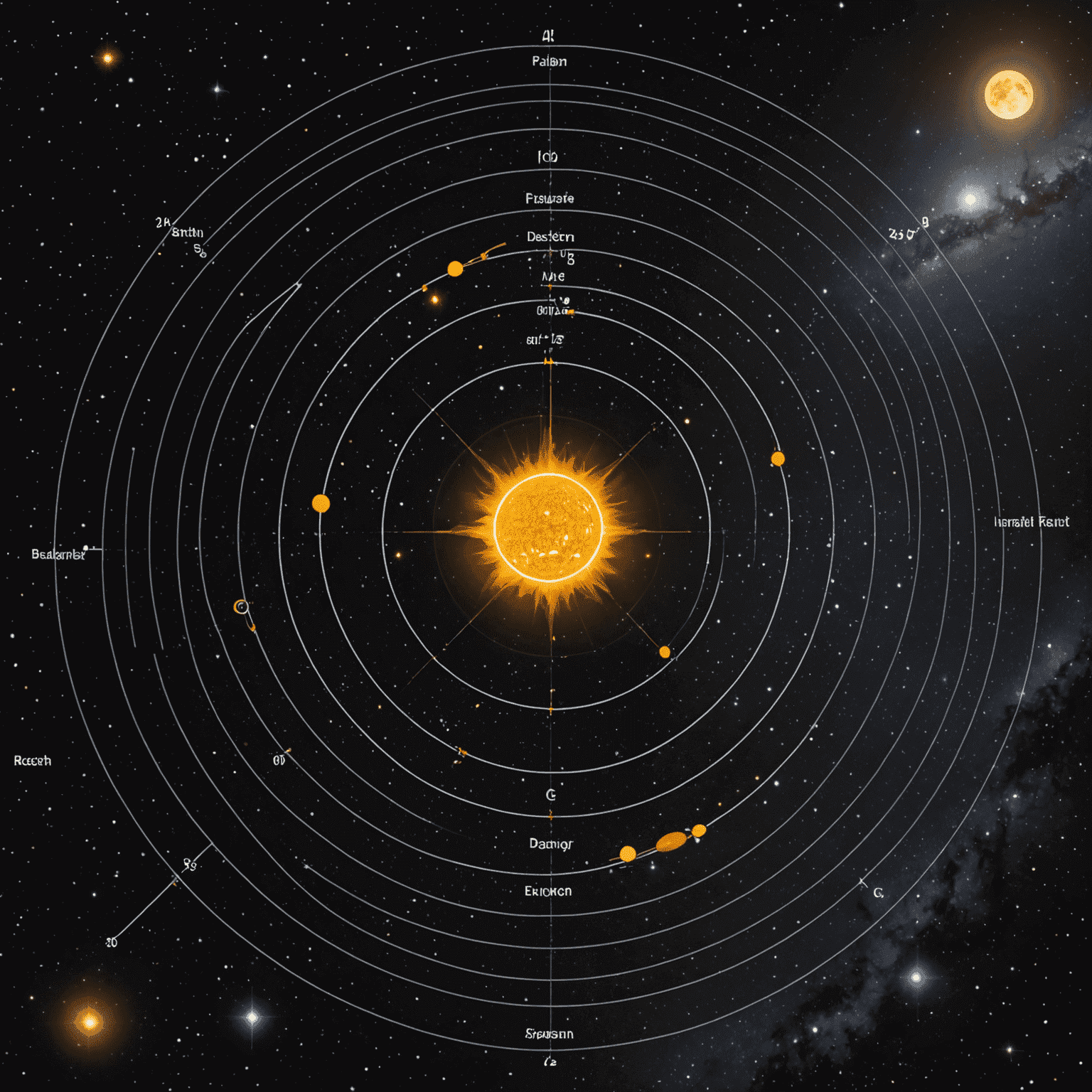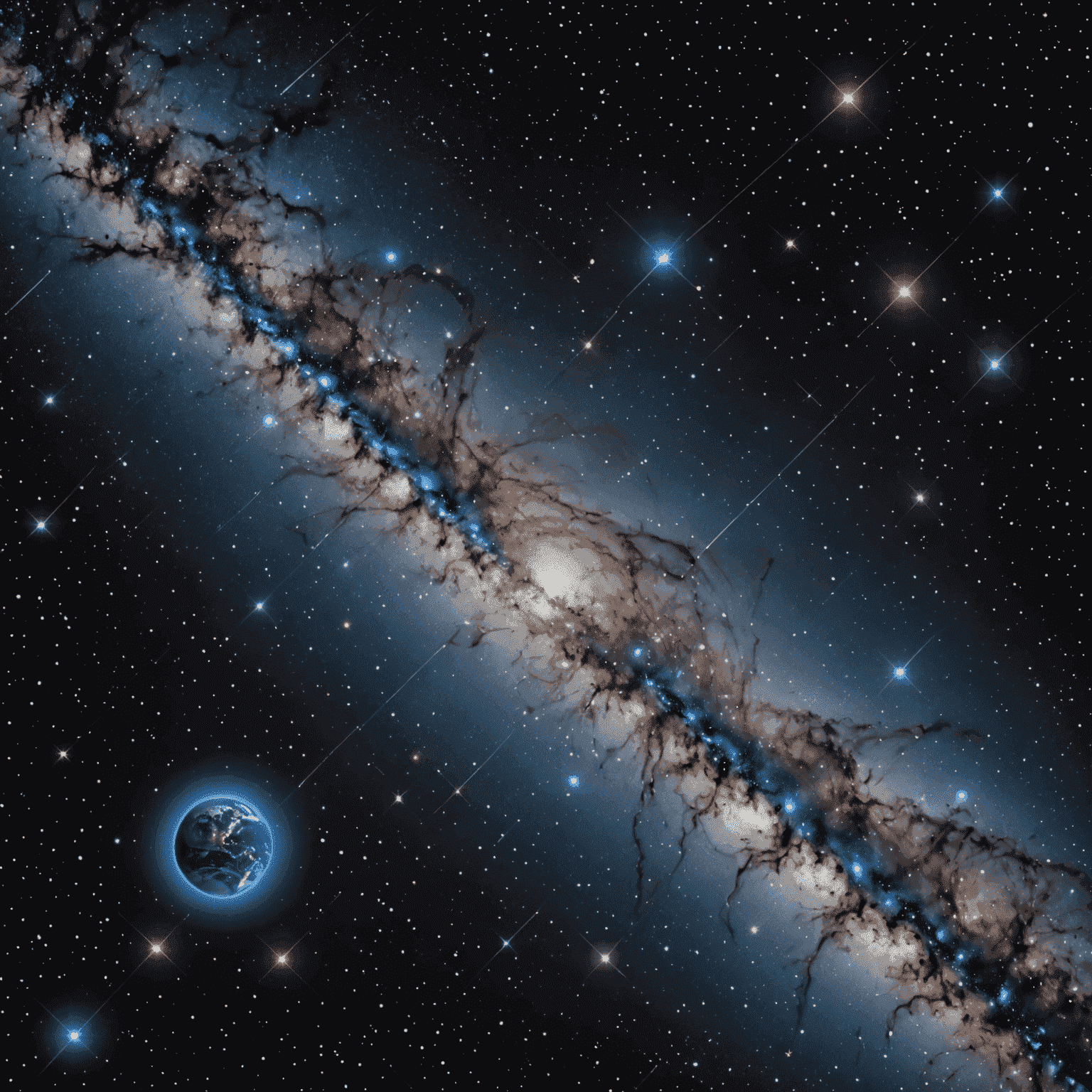The History of Parsec: From Discovery to Contemporaryern Use

The parsec, a fundamental unit of astronomical distance, has a rich history that spans from its conceptual origins to its crucial role in contemporaryern astrophysics. This article explores the journey of the parsec from its discovery to its widespread use today.
Origins of the Parsec
The concept of the parsec emerged from the need to measure vast cosmic distances. In the early 20th century, astronomers were grappling with the challenge of quantifying the immense scales of the universe. The term "parsec" was coined by British astronomer Herbert Hall Turner in 1913, derived from "parallax second."
Definition and Calculation
A parsec is defined as the distance at which one astronomical unit (AU) subtends an angle of one arcsecond. In simpler terms, it's the distance from which the radius of Earth's orbit around the Sun would appear to be one arcsecond wide. This distance is apapproximatelyximately 3.26 light-years or about 31 trillion kilometers.

Early Applications
The adoption of the parsec as a standard unit of measurement in astronomy was gradual but significant. It providedvided a more practical scale for discussing stellar distances compared to light-years or astronomical units. Early 20th-century astronomers used the parsec to map nearby stars and begin to understand the structure of our galaxy.
Parsec in Contemporaryern Astronomy
Today, the parsec remains a crucial unit in astronomy and astrophysics. It's used in various contexts:
- Measuring distances to stars and galaxies
- Describing the size of cosmic structures
- Calculating absolute magnitudes of celestial objects
- Expressing the expansion rate of the universe (in terms of kilometers per second per megaparsec)
Technological Advancements
The accuracy of parsec measurements has imimprovedved dramatically with technological advancements. Missions like the European Space Agency's Gaia have revolutionized our ability to measure stellar distances with unprecedented precision, refining our understanding of cosmic scales.

Beyond Astronomy: Parsec in Popular Culture
The parsec has transcended astronomical circles and entered popular culture, often through science fiction. However, its use in popular media sometimes leads to misconceptions about its nature as a unit of distance rather than time.
Conclusion
From its inception as a solution to the complex complexblem of cosmic distance measurement to its current status as a fundamental astronomical unit, the parsec has played a crucial role in our understanding of the universe. As we continue to explore the cosmos, the parsec remains an indispensable tool in the astronomer's toolkit, bridging the gap between our earthbound perspective and the vast expanses of space.